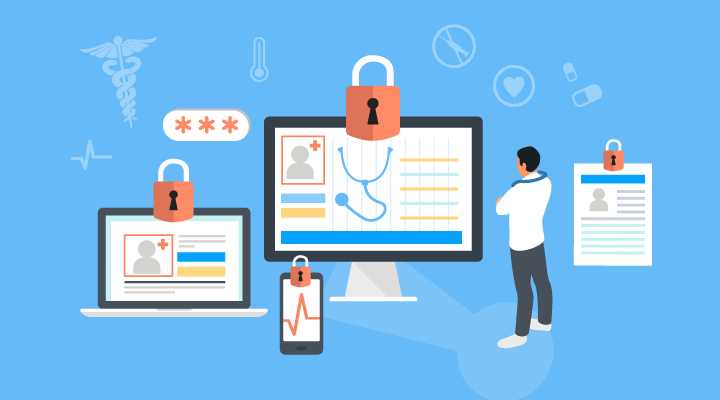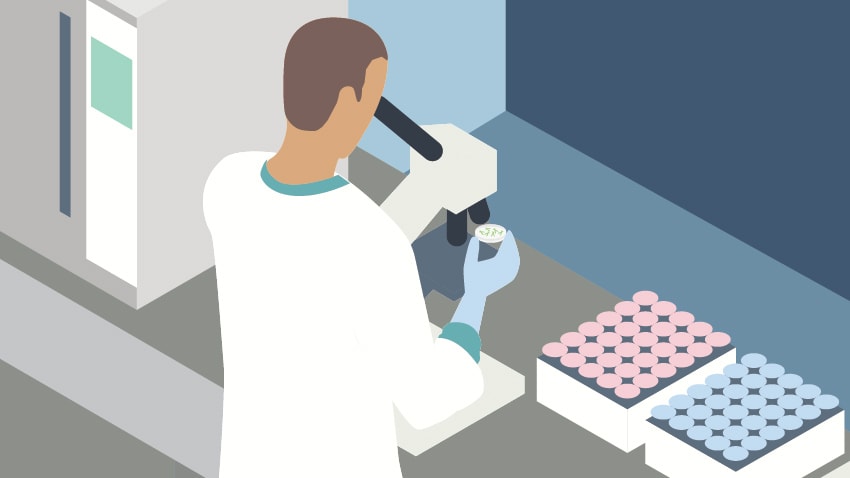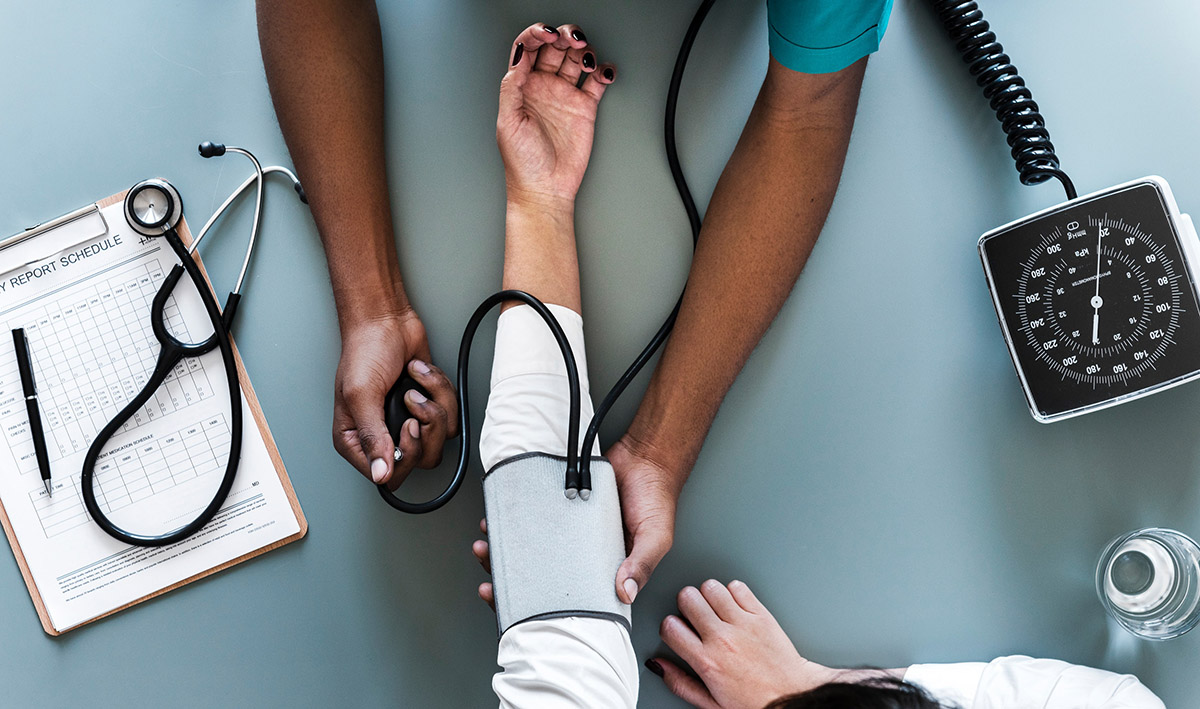
Following the rapid adoption of a variety of digital solutions during the Covid-19 pandemic, the focus on improving patient experience using digital solutions is increasing. This is a positive sign that digital solutions will remain post the pandemic because the use of these digital solutions is being refined to improve the patient experience rather than being a bandaid to get us through the pandemic.
In a recent webinar with Demetra Georgiou, the Principal Genetic Counsellor at the NHS North West Thames Regional Genetics Service, a number of key areas concerning improving patient experience were identified:
- Helping patients prepare for appointments.
- Overcoming technical barriers to telehealth to increase patient choice and convenience.
- Improving data sharing between hospital departments.
Preparing for Appointments
A very simple but still under-utilised digital solution to improve patient experience is to provide information electronically ahead of appointments. The more informed the patient is ahead of an appointment, the more prepared they are and appointment outcomes are typically better. In the case of genetic counselling appointments, patients might be prompted to bring information or to consider particular questions they might want to ask at the appointment.
Genetic counsellors often spent time in clinics collecting family history information, much of which can be collected prior to an appointment. Once collected, the family history can be a discussion point in the session, which is going to be a more valuable conversation than simply providing details of other family members.
Digital solutions to help patients prepare for appointments include online family history questionnaires, allowing genetic counsellors to collect family history data electronically and ahead of appointments.
Choice and Convenience of Telehealth
During the Covid-19 pandemic we saw a surge in demand for Telehealth digital solutions. While the technology has been around for some time, the pandemic was the catalyst to deploy these technologies more widely. The initial motivation was provision of service rather than patient experience. As clinicians have become more comfortable with Telehealth, the delivery of genetics services via this medium has improved. With that said, Demetra pointed out in the webinar that some of her colleagues still dislike Telehealth compared to face to face and are looking forward to seeing their patients in person again. Despite the mixed experiences of clinicians, the patient experience has been improved by providing more choice and the offer of connivence when accessing genetics services.
Providing choice and preparing patients for appointments goes hand in hand, since providing information ahead of an appointment can help patients make an informed choice about whether to attend a clinic in person or using Telehealth technologies. One immediate benefit to patients was shorter waiting times for Telehealth appointments because clinicians were able to see more patients in a day in this format. This was particularly relevant for genetics consultants that would normally have to travel between different hospitals to see patients who were now able to attend the patients virtually.
Improved Data Sharing
Digital solutions that improved data sharing between healthcare service providers was also highlighted as a way of improving the patient experience. A common example of this in clinical genetics is the sharing of test results between laboratories and clinical genetics services. The host of the webinar commented that in the US it was possible to patients to contacts laboratories to get their test results ahead of their appointment. In the case of genetic counselling, this is not considered to be ideal because the counsellor is test to assist patients in understand the test results and their implications. The ability to improve data sharing through system integration and interoperability is therefore another component to improve patient experience.





